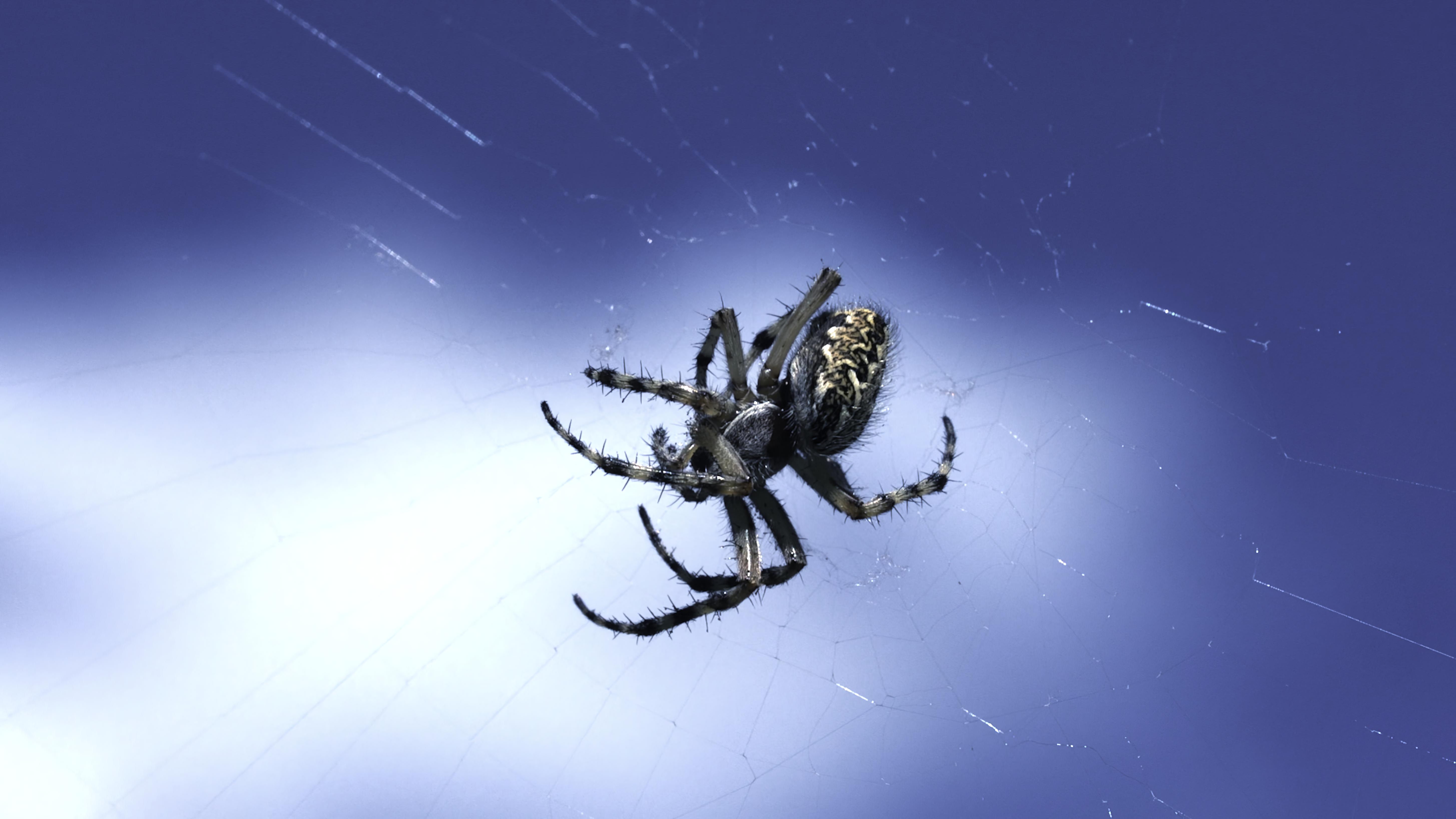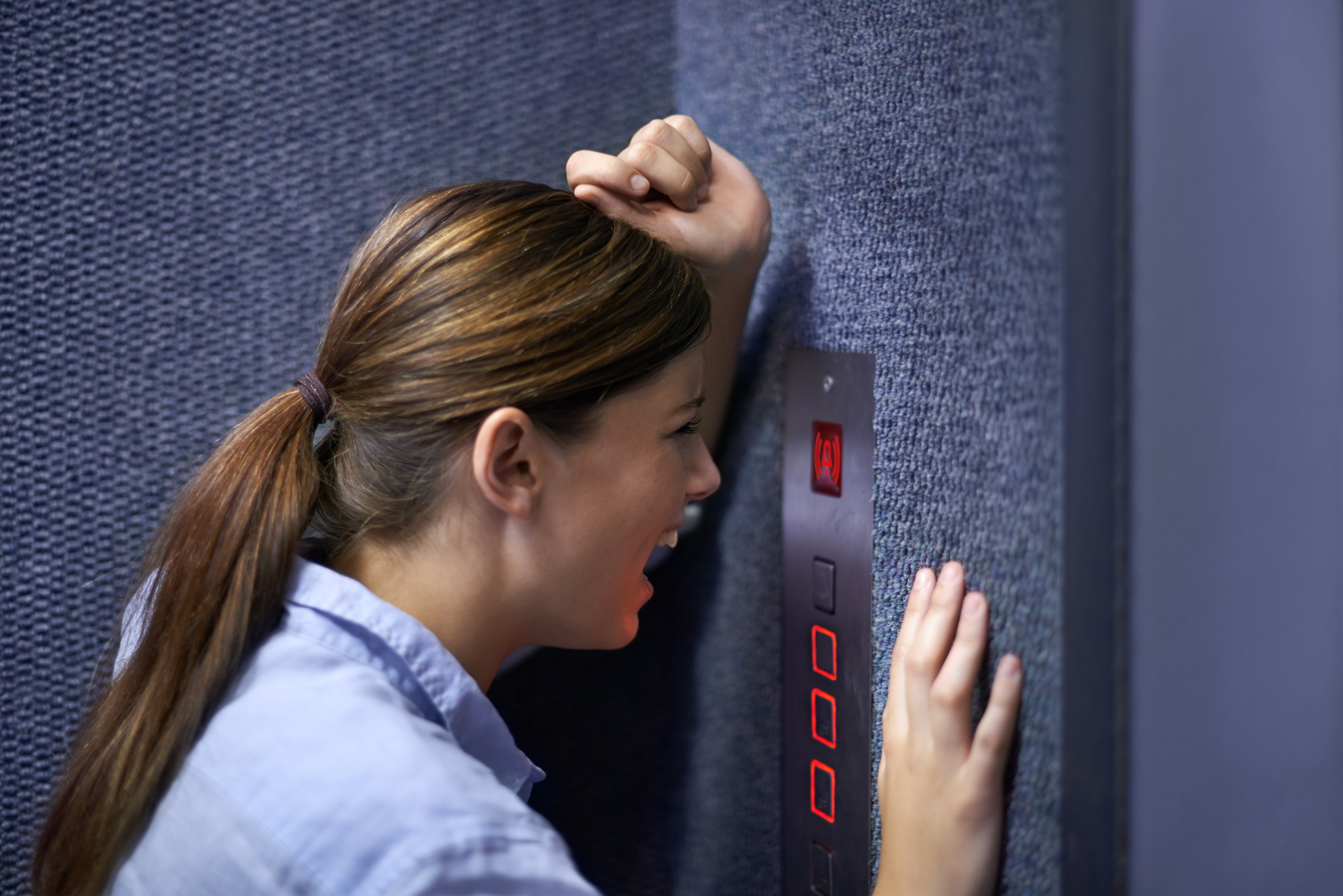10 Mind-Bending Phobias That Will Leave You Speechless
Human fear is an ancient, deeply ingrained emotion that has evolved over millennia to protect us from danger. It triggers a cascade of physiological responses, preparing the body to either fight or flee from threats. However, in the modern world, where immediate physical dangers are less prevalent, fear has taken on more complex forms. Phobias, intense and irrational fears of specific objects or situations, offer a window into the human psyche. They reveal how our minds can conjure fear from seemingly innocuous stimuli, often rooted in deeper psychological or evolutionary underpinnings. Exploring phobias allows us to understand not just the nature of fear but also the intricate workings of the human mind. Each phobia tells a story of human evolution, societal influence, and individual psychology. Some phobias are common, affecting large swathes of the population, while others are rare and peculiar, highlighting the uniqueness of human experience. This article embarks on a journey through 10 mind-bending phobias, each one unraveling a distinct facet of fear that will leave you both amazed and speechless.
1. Arachnophobia – The Fear of Spiders

Arachnophobia, the fear of spiders, is one of the most prevalent phobias worldwide. Despite the fact that most spiders pose no threat to humans, their appearance often evokes intense fear. This phobia may be rooted in evolutionary survival mechanisms. Our ancestors needed to avoid venomous creatures, and this innate caution has persisted even in environments where dangerous spiders are rare. The sight of a spider can trigger a fight-or-flight response, causing symptoms such as sweating, rapid heartbeat, and even panic attacks. Cultural factors also play a role in the development of arachnophobia. Spiders are often portrayed negatively in media and folklore, reinforcing the fear. Movies and stories frequently depict them as sinister creatures, further ingraining the fear in the collective consciousness. For individuals with arachnophobia, encountering a spider can be a debilitating experience, affecting their daily lives and limiting their willingness to engage in certain activities. Understanding this phobia provides insight into how fear can be both a protective mechanism and a barrier to living freely.
2. Acrophobia – The Fear of Heights

Acrophobia, the fear of heights, is another common phobia that can significantly impact a person's life. This fear is not just about being high up but also involves the anxiety of falling and the potential for injury. The fear of heights can be traced back to our evolutionary past, where falling from a height often resulted in serious injury or death. This survival instinct has remained with us, manifesting as a phobia in some individuals. For those with acrophobia, even the thought of heights can induce anxiety. This fear can prevent them from engaging in activities such as hiking, flying, or even standing on a balcony. The physical symptoms, such as dizziness, sweating, and nausea, can be overwhelming. Understanding acrophobia involves recognizing the balance between a natural survival instinct and an irrational fear that can hinder one's quality of life. By exploring this phobia, we can appreciate the delicate interplay between our evolutionary past and present-day experiences.
3. Agoraphobia – The Fear of Open or Crowded Spaces

Agoraphobia is a complex phobia characterized by the fear of being in situations where escape might be difficult or help unavailable. This fear often leads to avoidance of open or crowded spaces, such as shopping malls, public transportation, or large gatherings. Unlike other phobias that focus on specific objects or situations, agoraphobia is more about the fear of panic attacks in these settings. It often develops after one or more panic attacks and can severely restrict a person's life. The origins of agoraphobia are multifaceted, involving genetic predispositions, environmental factors, and personal experiences. The fear of losing control in public places can be paralyzing, leading to social isolation and dependence on others. Treatment often involves a combination of therapy and medication, helping individuals regain control over their lives. Agoraphobia highlights the complex nature of fear, where the anticipation of fear itself becomes a source of anxiety, demonstrating the profound impact of phobias on mental health.
4. Cynophobia – The Fear of Dogs

Cynophobia, the fear of dogs, is a less common but significant phobia that can affect individuals of all ages. Unlike other animal-related phobias, cynophobia often stems from personal experiences, such as a traumatic encounter with a dog. While dogs are generally perceived as friendly and loyal companions, for those with cynophobia, they represent a source of fear and anxiety. This phobia can lead to avoidance of parks, neighborhoods, or any place where dogs might be present. The fear of dogs can also be influenced by cultural factors, where dogs are portrayed as dangerous or aggressive in certain contexts. Understanding cynophobia requires empathy and recognition of the individual's experiences and perceptions. For some, therapy and gradual exposure to dogs can help reduce the fear, allowing them to enjoy the companionship that dogs can offer. Cynophobia serves as a reminder of how personal experiences shape our fears and the importance of addressing these fears to improve our quality of life.
5. Claustrophobia – The Fear of Enclosed Spaces

Claustrophobia, the fear of enclosed or confined spaces, is a phobia that can cause significant distress and anxiety. This fear often arises in situations such as elevators, tunnels, or crowded rooms, where the individual feels trapped or unable to escape. The origins of claustrophobia are varied, with some theories suggesting a genetic predisposition, while others point to traumatic experiences or learned behaviors. For those with claustrophobia, the fear of being trapped can be overwhelming, leading to avoidance of certain situations or locations. The physical symptoms, such as shortness of breath, sweating, and dizziness, can exacerbate the fear, creating a cycle of anxiety. Treatment often involves cognitive-behavioral therapy and exposure therapy, helping individuals confront and manage their fears. Claustrophobia illustrates how a fear of physical confinement can extend to emotional and psychological boundaries, affecting a person's ability to navigate the world freely.
6. Nyctophobia – The Fear of Darkness

Nyctophobia, the fear of darkness, is a phobia that often begins in childhood but can persist into adulthood. This fear is rooted in the unknown; the darkness conceals potential threats, triggering an instinctual fear response. While most children outgrow this fear as they learn to differentiate between real and imagined threats, for some, nyctophobia becomes a lasting phobia that affects their daily lives. The fear of darkness can lead to difficulty sleeping, anxiety, and avoidance of dark places. Understanding nyctophobia involves recognizing the role of imagination and perception in shaping fear. The darkness becomes a canvas for the mind to project fears and anxieties, often exacerbated by cultural and media influences. Addressing nyctophobia requires a combination of reassurance, exposure, and cognitive restructuring, helping individuals confront the fear of the unknown. Nyctophobia highlights the power of the mind in creating fear and the importance of addressing these fears to achieve peace of mind.
7. Trypophobia – The Fear of Holes

Trypophobia, the fear of holes, is a relatively new and unusual phobia that has gained attention in recent years. It involves an aversion to clusters of small holes or patterns, such as those found in honeycombs, sponges, or lotus seed pods. The sight of these patterns can trigger feelings of discomfort, anxiety, and even disgust. While not officially recognized as a phobia, trypophobia affects a significant number of people, leading researchers to explore its origins and implications. Theories suggest that trypophobia may be linked to evolutionary survival mechanisms, where clusters of holes resemble the appearance of skin diseases or poisonous animals. This innate aversion could have helped our ancestors avoid potential threats. Understanding trypophobia involves examining the intersection of visual perception and emotional response. By exploring this phobia, we gain insight into how seemingly innocuous patterns can evoke powerful emotional reactions, challenging our understanding of fear and perception.
8. Emetophobia – The Fear of Vomiting

Emetophobia, the fear of vomiting, is a phobia that can have a profound impact on an individual's life. This fear often extends beyond the act of vomiting itself to include the fear of seeing others vomit or being in situations where vomiting might occur. The origins of emetophobia are varied, with some individuals developing the fear after a traumatic vomiting experience, while others may have learned the fear from family or cultural influences. For those with emetophobia, the fear can lead to avoidance of certain foods, social situations, or travel, significantly impacting their quality of life. The anticipatory anxiety can be debilitating, creating a cycle of fear and avoidance. Treatment often involves cognitive-behavioral therapy and exposure therapy, helping individuals confront and manage their fears. Emetophobia highlights the complex nature of fear, where the anticipation of a feared event can be as distressing as the event itself, underscoring the importance of addressing phobias to improve mental health.
9. Glossophobia – The Fear of Public Speaking

Glossophobia, the fear of public speaking, is one of the most common phobias, affecting a large portion of the population. This fear involves anxiety about speaking in front of an audience, whether in a formal presentation or an informal setting. The fear of public speaking can be traced back to the fear of judgment and rejection, where the individual worries about making mistakes or being embarrassed. For those with glossophobia, the fear can lead to avoidance of speaking opportunities, affecting their personal and professional lives. The physical symptoms, such as shaking, sweating, and a racing heart, can exacerbate the fear, creating a cycle of anxiety. Understanding glossophobia involves recognizing the role of self-perception and social pressure in shaping fear. By addressing this phobia, individuals can gain confidence and improve their communication skills, enhancing their ability to connect with others and succeed in various aspects of life.
10. Thalassophobia – The Fear of Deep Water

Thalassophobia is the intense fear of deep bodies of water, such as the ocean, large lakes, or even deep swimming pools. Unlike aquaphobia, which is a general fear of water, thalassophobia is specifically tied to the vast, mysterious depths and the uncertainty of what lurks below. This fear is often fueled by evolutionary survival instincts, as deep water has historically posed real dangers such as drowning or hidden predators. Pop culture and media, with their depictions of terrifying sea creatures and endless abyss-like depths, also contribute to this fear. For those with thalassophobia, even looking at images of deep water can trigger anxiety, dizziness, or panic. This phobia highlights the fear of the unknown—what exists beneath the surface, just out of sight. Overcoming thalassophobia often involves exposure therapy, education about marine environments, and gradually building comfort with deep water settings.
Understanding and Overcoming Phobias

The exploration of these ten mind-bending phobias reveals the complexity and power of human fear. Each phobia offers a unique perspective on how fear manifests in the mind, influenced by evolutionary instincts, personal experiences, and cultural factors. Phobias demonstrate the intricate web of emotions and perceptions that shape our understanding of the world, highlighting the delicate balance between rationality and irrationality. Understanding phobias allows us to appreciate the diversity of human experience and the importance of empathy in addressing fear. By exploring these fears, we gain insight into the human condition, recognizing the shared vulnerabilities and strengths that define us. Addressing phobias requires a combination of therapy, support, and self-reflection, helping individuals overcome their fears and lead fulfilling lives. As we continue to delve into the depths of human fear, we uncover the resilience and adaptability of the human spirit, capable of confronting and overcoming even the most daunting fears.
